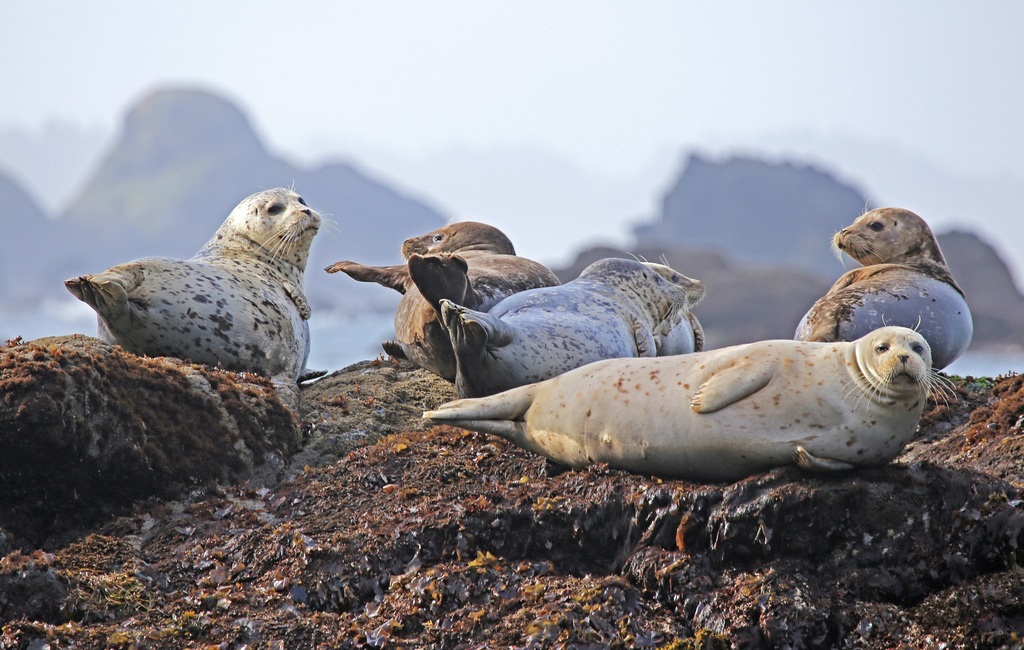About 2 million people with antibiotic resistance develop in the US annually. Consequently, about 1% of them die of the infection. Scientists need to understand how superbugs travel to control their spread. To find out the paths of contagion among humans, pets, livestock, and wildlife, must analyze samples from different species, including those inhabiting ocean waters.
Collecting wild marine specimens is difficult, it takes a lot of time and effort. In order to obtain samples, the animal needs be removed from the water, which induces stresses to the animal. Due to such demanding steps, there are only a handful of studies on resistant bacteria in wild marine animals. Scientists do not have a complete picture of the superbugs spread in coastal waters.
Vet Analyzes
Veterinary epidemiologist Stephanie Norman and a group of volunteers collect samples of fresh dead seals and porpoises around the Salish Sea. The samples are tested for 16 types of antibiotics.

Norman dissects animals to find out more about their potential infection with resistant bacteria. It detects the contents of the stomach, the manner of death, and whether they have encountered human things such as fishing lures.
About half of the collected samples carried superbugs that are resistant to more than one type of antibiotic. Specifically, ciprofloxacin cephalosporins third generation that are prescribed by doctors and veterinarians for a wide range of infections.
Antibiotics and Aquaculture Industry
U.S. Food and Drug Administration (FDA) authorized three types of antibiotics against fish diseases. The active substances in these approved drugs are also used to treat people. Drugs that are implemented directly into water or fish food have the possibility to disperse outside the confined environment.

A 2013 study, published by the Wiley Online Library, estimates that 80 percent of aquaculture medicines reach the wider environment. These trace amounts stimulate antibiotic resistance of bacteria.
Resources
The world’s largest rivers contain several hundred times more antibiotics than the safety limit allows, including the European Danube, the Bristol Thames, the French Seine, Thailand’s largest rivet, Menam-Zhao-Praja, or the Asian Tigris. Wastewater and surface rainwater are considered potential sources.
Millions of people are at risk of death. Watching superbugs in the ocean and on land provides a clearer picture of its spread. Based on this, it is theoretically possible to suggest ways to minimize their spread.
Norman’s goal is to obtain 130 samples of marine mammals by the end of the year. She hopes to receive more answers to unanswered questions.
Source and cradit: https://therevelator.org/superbugs-marine-mammals/, pxhere.com




